Every business dreams of having countless satisfied and loyal customers. Once you’ve crossed a certain point, those people are more than just customers – they are enthusiastic promoters and brand advocates of yours, who wouldn’t dream of ever switching to another competitor.
Of course, these types of customers are rare. And to acquire them, businesses have to pull out all the stops, and develop a strong focus on a critical area: customer success.
In this piece, we’re going to offer you a complete guide to customer success, so that you can begin developing your own winning strategy!
We’ll offer a deep dive into the following areas:
- What is customer success?
- Why customer success is so important, and how it differs from support and service
- Customer success best practices based on real-world examples
- How to build a customer success team
- How to create a winning customer success strategy
- Lead customer success tools that you can use today
What is customer success?
Customer success is a relationship-focused methodology wherein a business can use a range of techniques and strategies in order to make sure that their customers are entirely satisfied with their product or service.
The growth of CS was propelled by a couple of key factors:
- With so many competing tools out there, SaaS companies have to offer show-stopping experiences, to stop their customers from ever switching.
- 64% of customers find the customer experience more important than the price, when it comes to making a purchase.
- SaaS platforms are often updated, and new features are added on a regular basis, so customers need to stay informed.
These factors all mean that customer success has certainly grown in prominence, over the years. In fact, 83% of CS teams grew in size over the course of 2018!
Why do you need customer success (and how does it compare with customer support and service)?
Now that we’ve got a better idea of customer success, let’s explore exactly why it’s so important:
Cut the costs of customer acquisition
Customer acquisition costs are on the rise. This great piece from HubSpot outlines just some of the key factors driving those increases costs, including:
- Google is constantly making changes to its SERPs, which affect organic traffic
- Social media sites are becoming more expensive
- Organic acquisition costs are rising
- Content marketers are demanding higher salaries
- Sales are becoming more complex and difficult
By helping you to retain your existing customers and upsell to them, CS can also help you to fight back against the rising costs of customer acquisition.
Reduce customer churn
Your churn rate essentially measures the number of customers that you close over a given period of time. Given that existing customers are much more valuable to you than potential customers, then you will naturally want to reduce your churn rate as much as possible.
And making sure that you take good care of your existing customers will absolutely help you to retain them for much, much longer.
Improve upselling opportunities
According to Niel Patel, customer acquisition can cost up to 7 times more than selling to existing customers. If you maintain strong links with your customers, you’ll now be able to upsell additional features or pricing plans in an organic way.
How customer success differs from customer support and service
Some businesses still struggle to differentiate between customer success, customer support, and customer service.
So let’s take a closer look at those three concepts alongside one another, to paint a clearer picture:
Customer service
Customer service is more about supporting the customer in a general sense. Imagine shopping for an iPad, for instance: you might go into the Apple Store and speak with a representative, who will then show you the models on offer, recommend related products, and complete the purchase.
Customer support
Customer support is more about resolving technical issues for customers. Let’s imagine that your shiny new iPad has a software issue: naturally, you’ll call Apple to speak with a customer support agent, who will walk you through the steps to resolve your problem.
Customer success
Customer success is about supporting the customer after they’ve made their purchase. After purchasing your iPad, for example, you might receive a welcome email from Apple which walks you through the features and tips relevant to your new device.
Five customer success best practices (based on how successful tech companies are doing it)
As with any other area of business, it’s always useful to learn from the best. Here’s an exploration of five customer success best practices, based on real-world examples from tech companies.
1. Jira: Build a library of solid resources
The best Customer Success teams must be able to explain new features elegantly and offer timely responses to any customer queries. A great knowledge base that is packed with educational content can help immensely in both of those areas.
Jira is perhaps the world’s foremost issue and project tracking software. Countless teams around the world use this tool to plan, track, and manage their agile and software development projects.
Jira maintains an excellent knowledge base; all of the content there is impeccably organized, and the quality is consistent across the board – making it easy to see just how the Jira CS team can make the most of this resource in their interactions!
2. Asana: Maintain regular contact
CS teams need to communicate product updates and information in a clear, timely way with their existing customers. In order to accomplish this effectively, they’ll often make use of a number of channels – including email, chat, and telephone messages.
Asana is a leading project management tool which regularly adds new features and functionality, and the team does a great job of maintaining regular contact with its customers via email, sharing key updates and developments with them on a regular basis.
This sense of constant contact helps customers to make the most of their platform. It also underscores the Asana team’s hard work, as well as their determination to offer an unbeatable product.
3. Hubstaff: Put your customers in the driving seat
It’s important to understand that your customers are going to have different expectations, over the course of the onboarding process. Some customers will be more-than-happy to start experimenting, for instance, while others will want a detailed walkthrough first.
Hubstaff is a time tracking app that does an incredible job of catering to those different expectations. In its first onboarding email, it offers up a host of onboarding options, so that its new customers can easily get started. The inclusion of team headshots also adds a personal touch to the whole process.
If you want to please as many of your new customers as possible, you should be sure to put them in the driving seat and allow them to mould their own onboarding journey.
4. Microsoft: Make CS an obsession
Too many businesses out there tend to pay lip service to CS, but it’s absolutely critical that you make it a part of your company DNA. The best SaaS businesses are those that take CS seriously, and formalize their commitment to it.
In this presentation from Microsoft, the company’s VP of Customer Success shines a light on Microsoft’s CS journey – and it’s a fascinating read. You’ll be able to have a look into the unique strategy that Microsoft is using to nourish its CS efforts.
Microsoft’s CFO, Amy Hood, shares a great quote in the piece, too, which underscores how important CS is for ambitious and competitive businesses:
“Customer Success has become an obsession with Microsoft’s sprawling cloud business… Because ultimately in a consumption-based business, customer success is all that matters.”
5. Slack: Make it easy for your customers to engage
Customer success is all about communication. You’ve got to make it as simple as possible for your customers to get in touch with you, too, so that communication can always work both ways.
Slack is one of the world’s fastest-growing companies, and it has grown on the back of its outstanding customer success efforts. The company makes it incredibly simple for its customers to become part of the conversation, and to leave great feedback or messages.
If you can make it effortless for your customers to get in touch with you, then you’re sure to see a vast improvement in your CS activities.
How to build a customer success team
Now that we’ve got a better idea of what we mean by “customer success”, why it’s so important, and some of the best practice tips that you can follow are, let’s take a look at the six steps you should follow to build a performant customer success team.
1. Define the fields of responsibility and ownership of your customer success team
First things first, it’s critical that you outline the responsibilities and ownership of your CS team. This step will ensure that you develop a clear picture before continuing to develop your CS team, and that you can avoid the key pitfalls along the way.
Here’s a closer look at these two factors:
Fields of responsibility
To begin, you’ll first need to accurately define the unique purpose of your CS team, and which areas it will be responsible for. As we touched upon earlier, there is often a lot of overlap between customer success, service, and support.
If you create a clear positioning statement for your CS team at this stage, you’ll be much better able to avoid conflicts or confusion.
Ownership
There are different schools of thought, when it comes to the ownership of CS; some businesses use CS as a part of sales, while others will even integrate CS into the product team – and in some instances, the CEO will take ownership of CS.
Again, the exact path forward will vary, according to your own unique business setup. It’s very important, though, that you’re clear at this stage.
2. Define customer success metrics and KPIs for measurement
Now that you’ve got a better idea of what you hope to achieve with your CS team (and of who is going to exercise ownership of it), next you’ll want to get more specific. You’ll need to take the time to develop your CS metrics and KPIs that you’re going to use to assess the performance and impact of your team.
The exact metrics will vary, according to your product and the relationship that you have with your customers, of course – but there are some KPIs that you’ll want to track at a minimum:
Net Promoter Score (NPS)
NPS has established itself as the metric for CS teams. This index ranges from -100 to 100, and is used to measure how likely your customers are to recommend your products and services to others.
This is an extremely useful statistic, which can help you to gauge the overall satisfaction of your customers, as well as their loyalty to your brand. Oftentimes, businesses will use NPS to categorize customers into one of three key groups: detractors, passives, and promoters.
Here’s an elegant outline breakdown of those groups from Netigate.
Customer Satisfaction Score (CSAT)
Your overall Customer Satisfaction Score (CSAT) is essentially a simpler, more specific version of NPS. This metric can be used to measure the satisfaction of your customers when it comes to a single experience or product.
For instance, you might ask your customers to rate their onboarding experience on a scale from 1-5; and you can then use those insights to make smaller, more focused adjustments to your CS offering.
Customer Churn
Customer churn is a metric which measures the loss of clients or customers. Churn is naturally undesirable, given that it can serve to slow down a business’s growth.
By measuring customer churn over time, you can help your CS teams to monitor the impacts of changes and new developments. Churn rates can also be used to help forecast growth and monthly recurring revenues for SaaS businesses.
3. Pick roles to hire for
Now that you’ve got a good idea of how you’re going to measure the efficacy of your CS team, it’s time to start thinking about the roles you need to hire for. Here’s a look at some of the key roles that you’ll often find, within a typical CS team.
Customer Success Manager
As the name implies, your customer success manager will be responsible for overseeing the day-to-day runnings of your CS team. In addition to presiding over the team, your manager will be responsible for sharing key updates with the rest of your business and for using their analytical mindset to track and report on data.
Key responsibilities
- Develop customer relationships
- Improve on areas of dissatisfaction
- Track and report on key data
- Shape strategic decisions
Customer Success Representative
Customer service representatives often work as a team, and execute on the strategy and guidance developed by the CS manager. These team members will perform the bulk of the interactions with customers.
Key responsibilities
- Communicate with customers on a daily basis
- Coordinate the renewal of contracts
- Drive customer satisfaction
- Encourage the adoption of new features
Customer Success Onboarding Specialist
In some businesses, the onboarding process is long and complex – and in these instances, some businesses may decide to employ customer success onboarding specialists, who work exclusively on enhancing the onboarding process.
Key responsibilities
- Handle customer queries
- Deliver training and walkthroughs
- Assist large customers with the configuration of platforms
- Escalate issues and challenges to the product team
4. 10 customer success interview questions to ask
Once you’ve attracted your potential candidates, it’s time to assess their suitability! To do this effectively, it’s critical that you ask the right questions during the interview phase.
Here are the ten best customer success interview questions you’ll want to ask, and why:
- Why are you interested in customer success?
This simple question will allow you to gauge how much your candidate knows about customer success.
- Could you please try to upsell one of our products?
This little challenge will be able to show you how much your candidate knows about your product.
- Are you capable of multitasking?
Multitasking is at the heart of customer success, and this question will give you a good idea of whether your candidate is up to the task.
- Have you worked with frustrated customers in the past?
Customer success professionals will sometimes encounter frustrated customers. Is your candidate ready for that challenge?
- What do you think our customers want from customer success?
Asking this question is going to help you assess whether your candidate understands what’s expected of them.
- How do you determine your priorities in a crowded to-do list?
Customer success professionals will often find themselves with lots on their plate, so you’ve got to know whether your candidate has a strategy or not.
- Have you worked with sales and product professionals in the past?
Customer success teams will often work closely with sales and product teams. Ask this question to find out whether your candidate has experience in that area.
- Which is your strongest communication channel?
Your candidate will need to communicate via a number of channels. Ask this question to assess their strengths and whether they understand the value of different channels.
- What do you think makes you a good fit for the role?
This quick question can show you whether your candidate has the right motivations.
- Can you please give us a summary of this interview?
Customer success professionals will often have to share summaries and remember customer interactions. This fun challenge can show you whether they’re attentive or not.
5. Customer success manager skills to look for
Your CS Manager could very well make or break your whole department, so it is absolutely critical that you find a candidate who has the appropriate personality and experience.
That ideal candidate will also need the appropriate skills, too. Here’s a look at the key CS Manager skills you’ll want to look out for:
- Empathy
Your CS manager needs to demonstrate empathy in everything that they do. They’ll need empathy to guide their own team and understand their desires, as well as to always strive for the best possible customer outcomes.
- Impeccable communication
Your CS manager will often be responsible for sharing important product and sales updates with your CS team – and so, they’ll need impeccable written and verbal communication skills, to make sure that everyone is on the same page and capable of delivering consistency in their customer interactions.
- Tech skills
CS is a cutting-edge field, in any business – and as such, your CS manager will need to make use of different platforms. From coordinating integrations between tools and maintaining your CRM, your CS manager needs to be comfortable with a range of tech tasks.
- An analytical mindset
CS is just as much about data as it is about relationships. Your CS manager will need to apply their analytical mindset in order to collect and interpret the right data. They’ll also need to share actionable insights with the executive team, to guide strategies and reduce churn.
- Resourcefulness
CS managers will often be given the difficult task of rolling out new product features to customers and collecting feedback. These tasks are often performed on short notice (and with limited information), so they’ll have to practice resourcefulness and obtain the best possible outcomes for your customers.
6. Train your team: 5 powerful customer success resources
Once you’ve attracted your team members, it’s important that you train them as effectively as possible. Here’s a look at the five best customer success resources you can use to empower your team.
1. SuccessCOACHING
SuccessCOACHING offers accredited customer success training for CS managers. If you’re looking to level-up your CS manager, this professional development training can give them the edge.
There are a few key training formats available, as well – so your CS manager will be able to sharpen their skills while, at the same time, driving value for your business.
2. Customer Success Manager 101
This Udemy customer success course is a great option for those CS professionals looking to become CS managers. It has great reviews, and has been completed by an estimated 10,000 students.
The course shares a lot of key learning, including what a CS manager is responsible for, the principles of CS success, and how to get started in this new role.
3. Managing Difficult Customers
This customer success training from ICMI can help your CS team improve their ability to manage difficult customers. If you find that your churn rate is being pushed upward by a failure to effectively manage conflicts, this could be a valuable piece of training for your team.
The course covers indispensable strategies which your team members can use to deal with difficult customers and alleviate stress from those situations.
4. The Success League
The Success League is a consultancy that was first established back in 2015, and works with companies to build engaging and profitable customer success programs. It also offers a wide range of leadership development and certification programs.
You’ll find many different online and on-site training services on offer here, as well as some glowing reviews!
5. Customer Success Association
If your team members are truly serious about becoming the best CS professionals they can be, you might want to encourage them to join The Customer Success Association, a group that has over 36,000 members around the world.
As members, your team members will be given access to all the latest information and training. The CS library alone is home to countless valuable documents and resources!
How to build a bulletproof customer success strategy
With your team in place, you’ll need to put a strategy in place to guide its activities. Here’s a closer look at the steps you can take to build a solid customer success strategy that is going to guide your team to success.
1. Create a strong team culture
One of the first steps you’ll want to take is creating a strong team culture for your CS department. This is such a critical foundational step, because your team members will often need to energize themselves and begin to move forward with a united sense of purpose.
Here are some of the key techniques that you’ll want to call upon, in order to build a strong team culture from Day One of your new department:
1. Share your goals widely
It’s critical that you clearly outline what the department is for, what it aims to achieve, and how you are going to measure success. Practice transparency here, and your team members will absolutely feel motivated to contribute.
2. Don’t underestimate the power of social gatherings
To create links between your new team members, it’s important that you encourage them to bond in both formal and informal settings. Make the most of special occasions to build new links!
2. Promote a culture of learning
If you’re starting a new CS department, you’ll also want to inspire a culture of learning within the team. This will help everyone to learn from their experiences, and to share their best practice with one another.
2. Develop ties with other departments
CS departments will have to work hand-in-hand with both sales and product teams, in order to deliver the best results possible.
During the early days of your department, you’ll want to work closely with the heads of those departments to develop a cooperation strategy. Try and find new ways to encourage bonding and knowledge-sharing between these teams, and you’ll be able to immediately deliver impacts for your business.
3. Polish your onboarding process
The best onboarding processes are a constant work in progress. You should use the following process to make sure that your onboarding process is preparing your team members for success:
1. Use the appropriate tools
There are a vast number of knowledge bases and note-taking tools out there which you can use to train your new hires. The content within those applications should be structured in a logical way, and updated on a regular basis.
2. Collect feedback
Whenever your new hires are passing through the onboarding process, ask them about their experiences. This is a great opportunity for you to collect candid feedback and encourage a culture of learning at an early stage.
3. Implement changes
You should update your content on a regular basis – the best knowledge base tools will show you the last time your content was updated, so you can easily see if a particular piece of your onboarding process has become outdated.
4. Nourish your CS team over time
Lots of businesses have a tendency to launch ambitious new projects, with all the drive and best intentions in the world… but only then to let that initial enthusiasm falter. Try your best to draw inspiration from your initial vision, and use it to constantly help nourish your CS team.
To accomplish this, you’ll want to be constantly advocating for your team internally, and providing it with the best training and tools. You should join CS associations and member groups, to stay on top of best practice and always use the latest techniques.
5. Revise your tech stack regularly
It’s crucial that your CS team is provided with the best tools out there. To this end, you should work alongside other department heads to regularly revise your tech stack, and try to uncover the best tools for your needs.
You might, for instance, decide to schedule regular meetings to review your tech stack, and incorporate feedback from your team members into the mix. Be sure to keep a constant ear out for great feedback and opportunities for improving your tech stack!
Customer success software
So, your customer success department and strategy is in place – now let’s explore some of the top customer success tools that will empower you to achieve your goals.
1. Messagely
Messagely is a modern, integrated chat tool, help desk, shared team inbox, and knowledge base solution.This special blend of features gives SaaS customer success teams the unparalleled ability to newly delight their customers and forge productive relationships.
Key features
- Full background and context into all conversations
- Shared inboxes, to keep track of all communication
- The ability to quickly build customized self-service knowledge bases
2. Gainsight
Gainsight offers a suite of customer success solutions for businesses of all sizes. This unique blend of tools – such as a CS platform and a strong partner ecosystem – can help you to build deep and lasting relationships with customers.
Key features
- A powerful mobile application
- Delivers rich content to new customers
- Introduces new processes and best practices for the entire team
3. ChurnZero
ChurnZero is a real-time customer success platform which helps SaaS companies to fight churn. It does this by giving SaaS businesses the power to understand product usage and manage the customer experience.
Key features
- Offers a range of integrations
- A command center brings all to-dos together
- Customer health scores offer lots of insight
4. Totango
Totango is a customer success solution which works to enable SaaS enterprises to accelerate their customer success by leveraging best practices. The platform also helps those CS teams streamline and manage all post-sales activities.
Key features
- Unifies data streams into one place
- Prioritizes CS activities with a goal-oriented approach
- Operationalizes impactful customer-centered activities
5. HubSpot Service Hub
HubSpot Service Hub is a piece of customer success software which helps CS teams organize themselves and work more efficiently. This gives teams the power to provide better customer service, and to ultimately close more tickets.
Key features
- Provides a frictionless experience
- Offers educational materials to customers
- Upsells new features to happy customers
Conclusion
We sincerely hope that this closer look into customer success has been useful for you! By implementing the helpful steps in this guide to structure the foundation of your CS team, you’ll be sure to seize success. If you’re interested in seeing for yourself how Messagely can support your CS activities, start your free trial today!





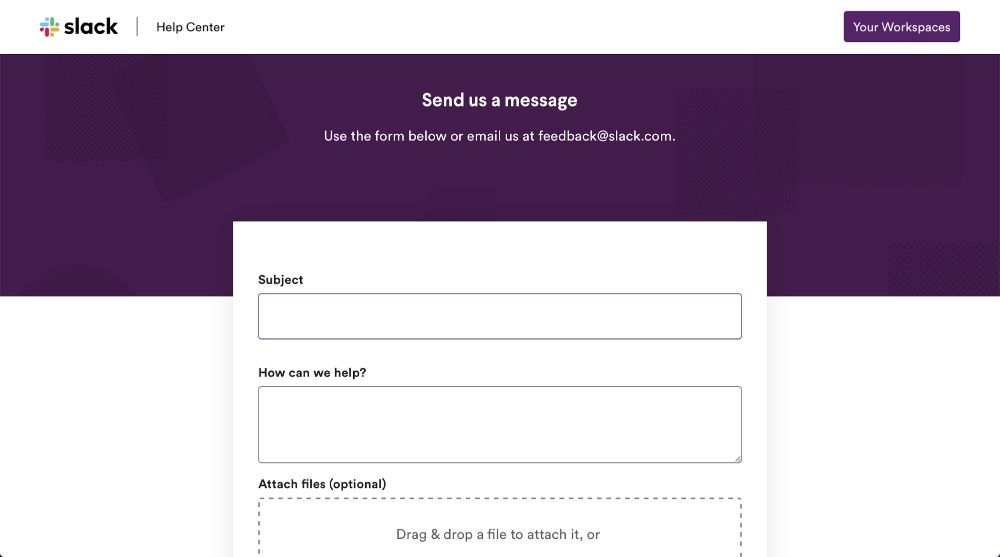

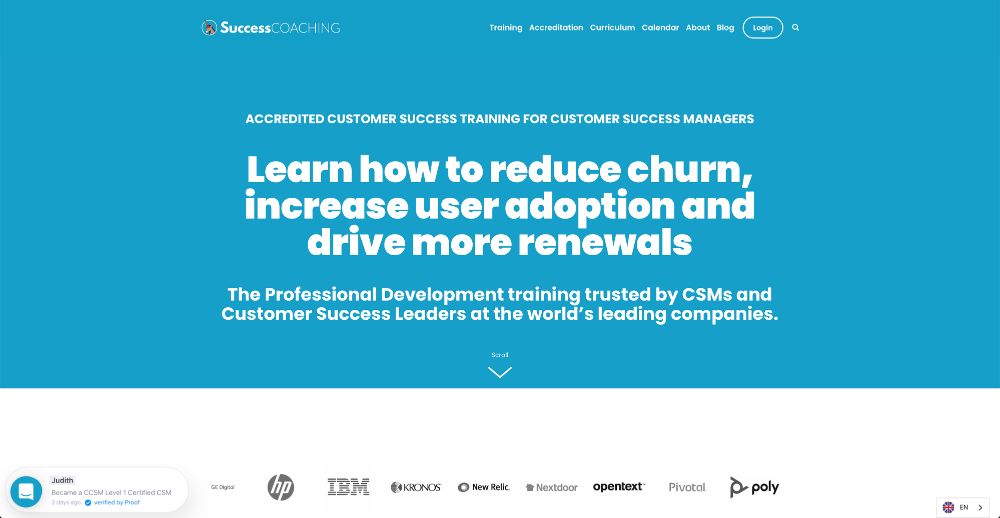

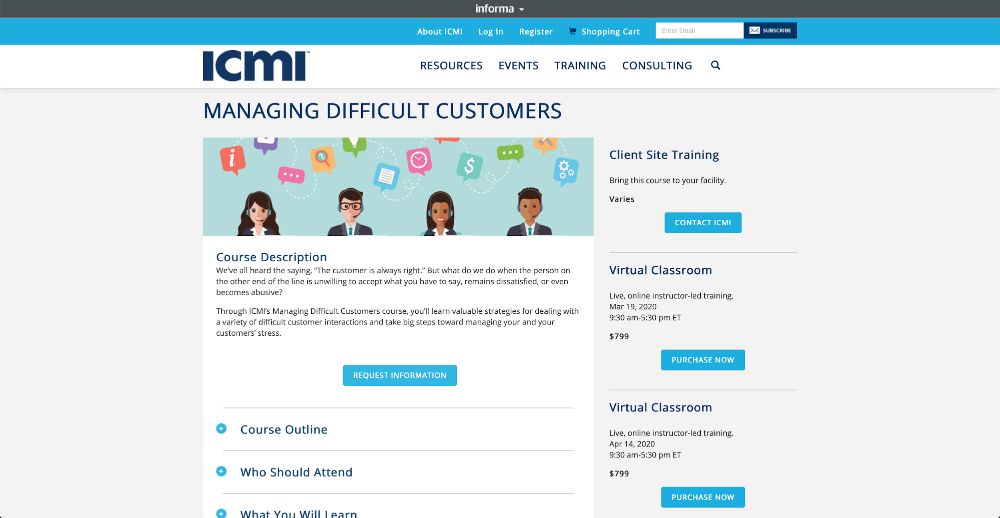
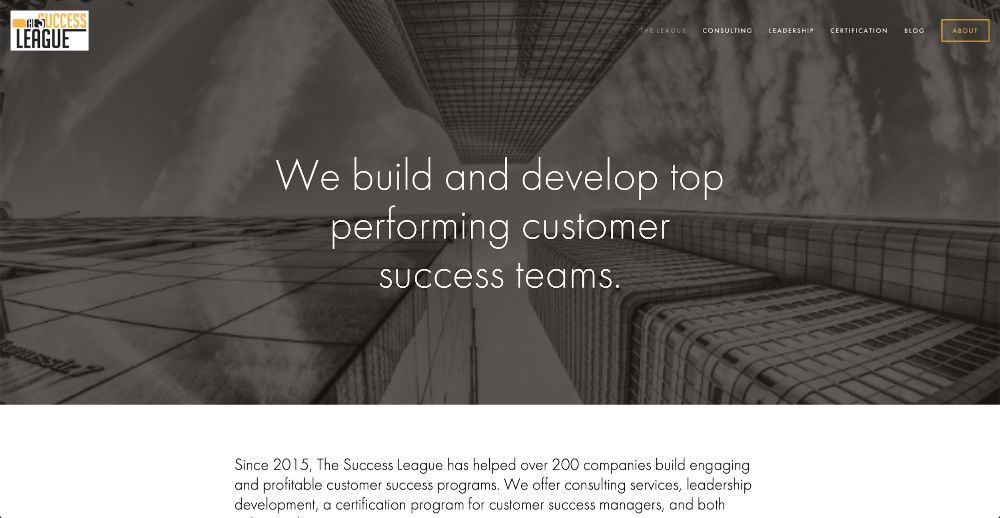
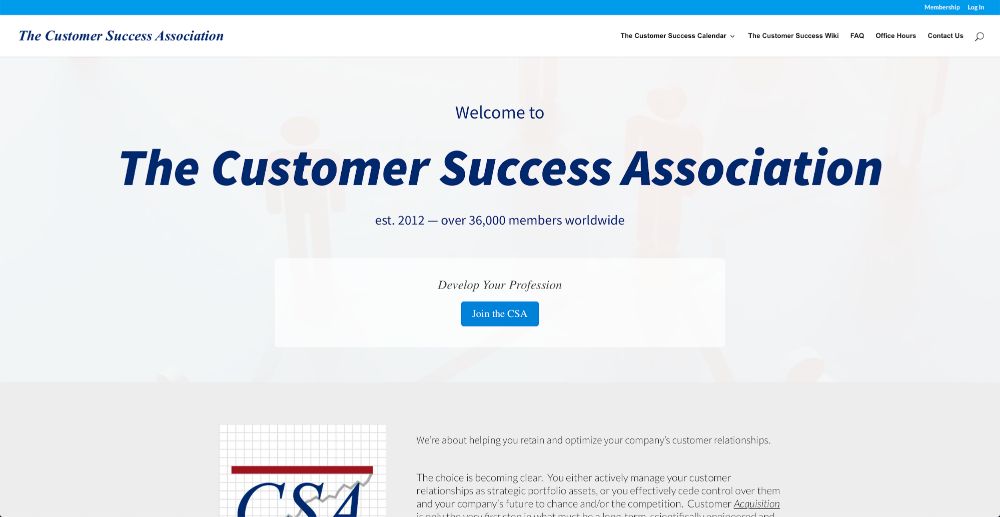

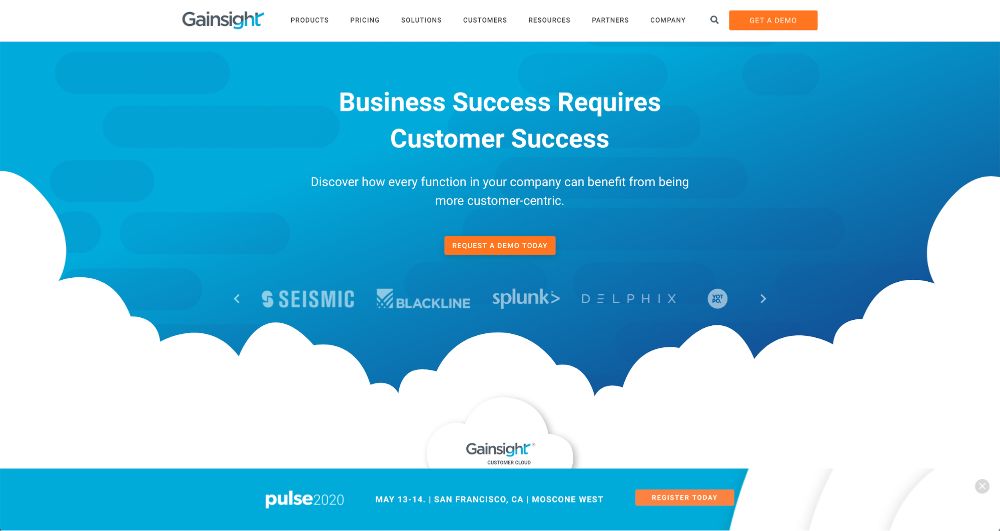


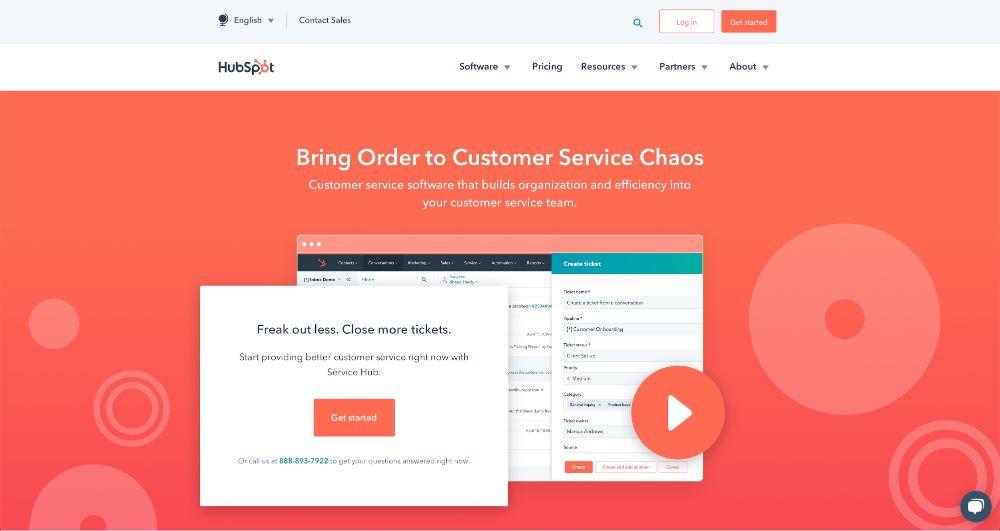





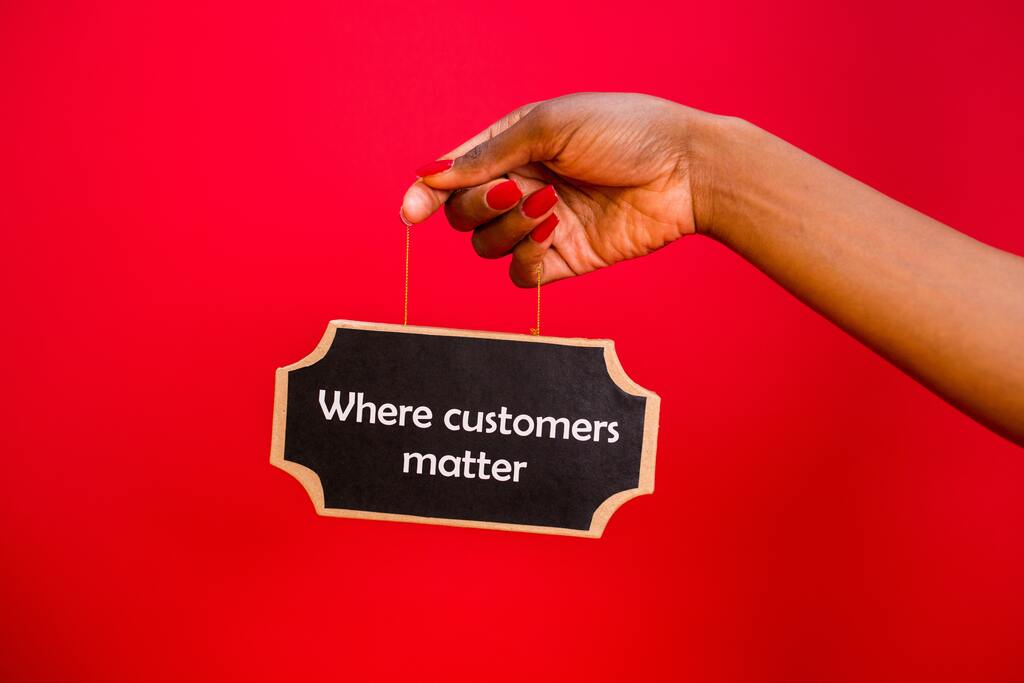
 Instagram
Instagram